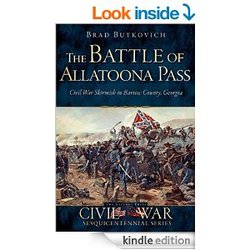
Brad Butkovich
The History Press, 2014, 192 pp., $19.99
ISBN: 978-1-62619-461-8
Image courtesy of amazon.com
Outside The Official Records, little has been written about The Battle of Allatoona Pass and to some people, it does not seem like an important enough event in the final year of the Civil War. Brad Butkovich shows us in this work that there is a lot to learn about from the battle and does so with excitement and vigor. His well versed narrative on the subject proves that while the annals of Civil War history have spoken very little about this battle, it was a very important engagement. While the subtitle calls the battle a skirmish, it seems that throughout the description of the action that it was far from it and was in fact a full-fledged battle.
Brad Butkovich has a Bachelor of Arts in history from Georgia Southern University and has spent some time in his life working in the role-playing game publishing industry. Now the head of a customer service department at a major corporation, he also serves as a member of the Northeast Georgia Civil War Round Table. He has published many other works on the American Civil War, mainly in the realm of miniatures wargaming and a book on the Battle of Pickett’s Mill.
In his introduction, Butkovich gives the reader an aide which sounds silly, but is quite helpful. He spells out the difference between the Army of Tennessee and the Army of the Tennessee with the former being the Confederate army and the latter being the Union army. This is very important to point out before going into the narrative since it can be quite confusing at times. As I read through the book, there was a realization which came as the author’s photographs assisted his narrative. This battlefield may be quite difficult for the average Civil War traveler to discover. As can be seen in his photographs, there is much overgrowth in the area of Allatoona Pass and the Star Fort which was under much contention during the conflict. His narrative begins with the general introductory statements made on the way towards battle and even gives some insight into the way the command structure was beginning to collapse in the Confederate army. Morale was not strong since many in the army wanted to cheer for Joe Johnston instead of General Hood and the problems began for the high command. What ensued at the Battle of Allatoona Pass seemed like a drawn out game of tug-of-war where most of the action was centered around the Star Fort and the holding thereof. One thing which Butkovich gives attention to, which other authors tend to avoid, is the importance of the Signal Corps in the battle and the role in which they played to aid the commanders during the fight. Sometimes, the messages could be exaggerated but were sent because of the Signal Corps nonetheless. They are the unsung heroes of the Civil War.
I highly recommend this book to anyone interested in the War in the West, especially the final year of the war. The idea that the Confederates had given up and were just being chased around northern Georgia and Tennessee is false and their fighting spirit is presented well in this narrative on the battle. I applaud Butkovich’s work and look forward to what else he can offer for Civil War studies.
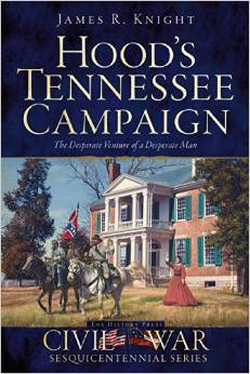

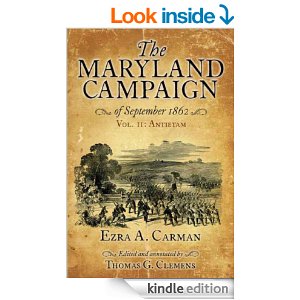
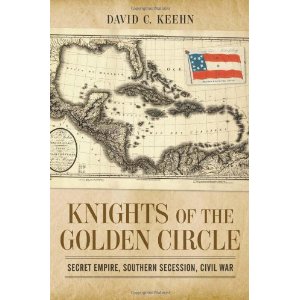
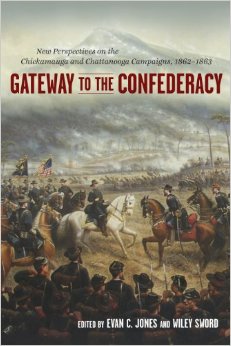
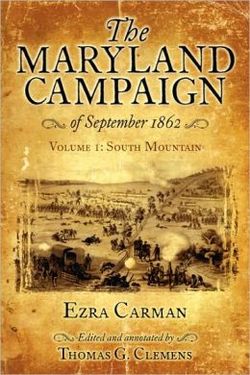
 RSS Feed
RSS Feed
